Salt therapy – All you need to know
- 24 Feb - 01 Mar, 2024
Fall is finally starting to settle in, and with the cool and crisp air comes, the desire to get back in the kitchen and light up the oven also gets strong. Omitting these underrated, or even intimidating fruits and veggies from your diet means missing out on amazing fall flavours and textures.
‘Eating seasonally’ may sound like a trend, but there is a whole list of reasons to do just that. First, seasonal food is usually sourced locally, so it ripens naturally on the plant, rather than on a truck, that means it retains its nutrients and vibrant flavour. And because seasonal fruits and veggies spend less time on the truck, it’s better for health. An added bonus: it tends to be easier on your wallet as well. Whether you’re shopping at the farmer’s market or supermarket, make the most of the fall treats by venturing out from your comfort zone with these underrated, yet delicious picks.
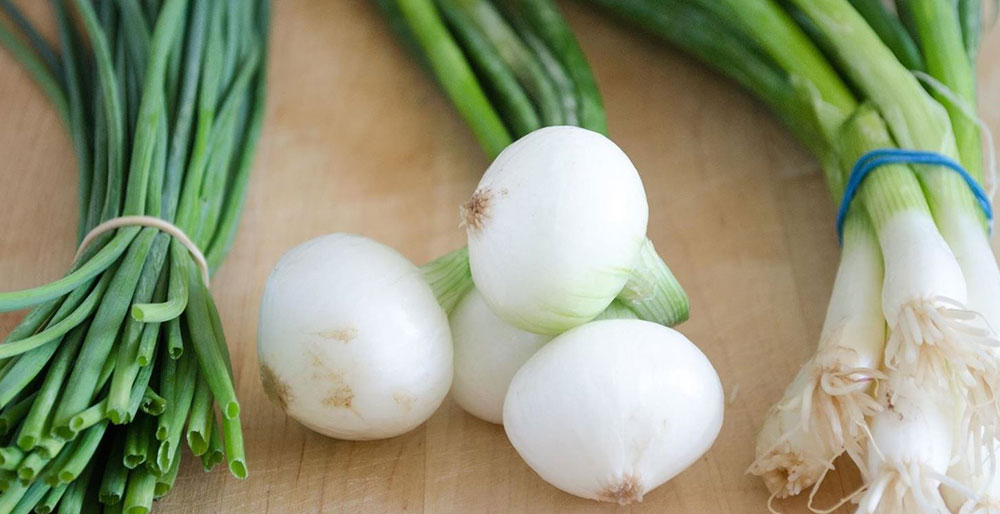
Homemade pastas are nothing without green onions. It is very low in saturated fat, cholesterol and sodium. It is also a good source of thiamin, Vitamin B6, phosphorus, zinc and copper, and a very good source of dietary fiber, Vitamin A, calcium, iron, potassium and manganese. Onions contain fiber and folic acid, and vitamin B that helps the body to make healthy new cells which are healthy, whether raw or cooked. Just add a handful of green onion leaves in your pasta, your chicken gravy or even your soup and you are good to go with the minerals and vitamins’ boost.
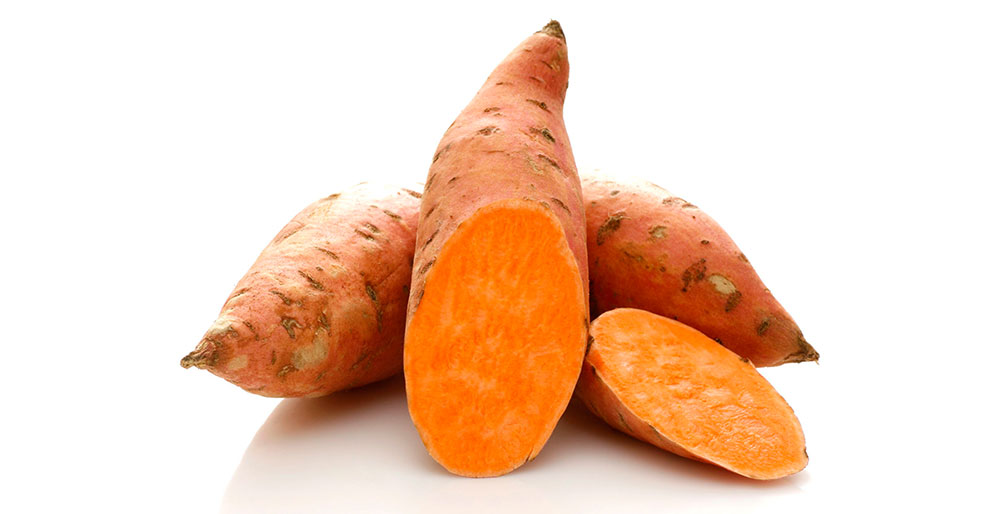
Sweet potatoes are an excellent source of Vitamin A (in the form of beta-carotene). They are also a very good source of Vitamin C, manganese, pantothenic acid and vitamin B6. Additionally, they are a good source of potassium, dietary fiber, niacin, Vitamin B1, B2 and phosphorus. French fries, tater tots, potato chips, mashed potatoes… these fat laden, high sodium forms of potatoes are most common choices when it comes to chowing down on spuds and it’s no “aha!” they’re not great for you. But you can easily replace your white potato choices with the sweet ones and have healthier alternative this fall.
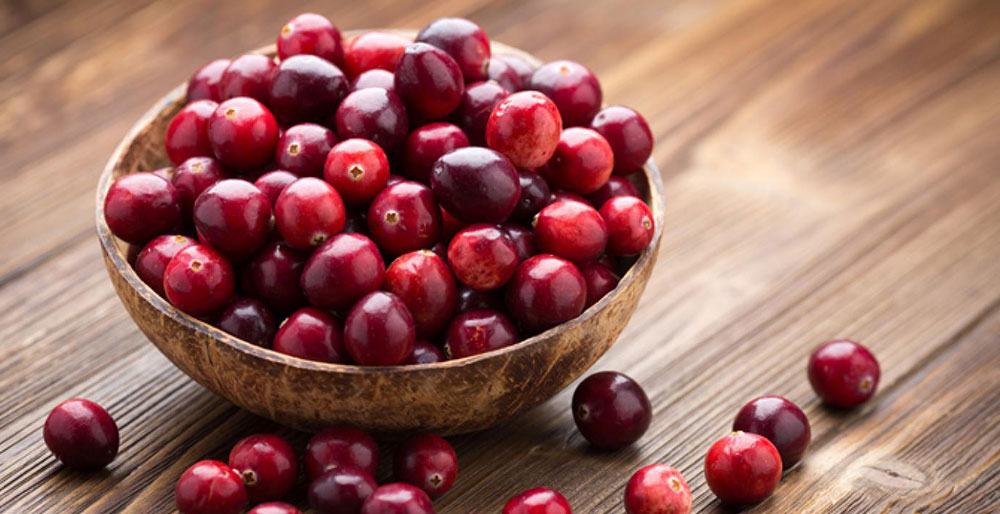
Cranberries are a healthful food especially in fall season, due to their high nutrient and antioxidant content. They are often referred to as a ‘super food’. Half a cup of cranberries contains only 25 calories. The nutrients in cranberries have been linked to a lower risk of certain kind of urinary tract infections, improved immune function, and decreased blood pressure. Research has shown that the nutrients in cranberries can help slow tumour progression, and that they can have a positive impact on prostate, liver, breast, ovarian, and colon cancers.
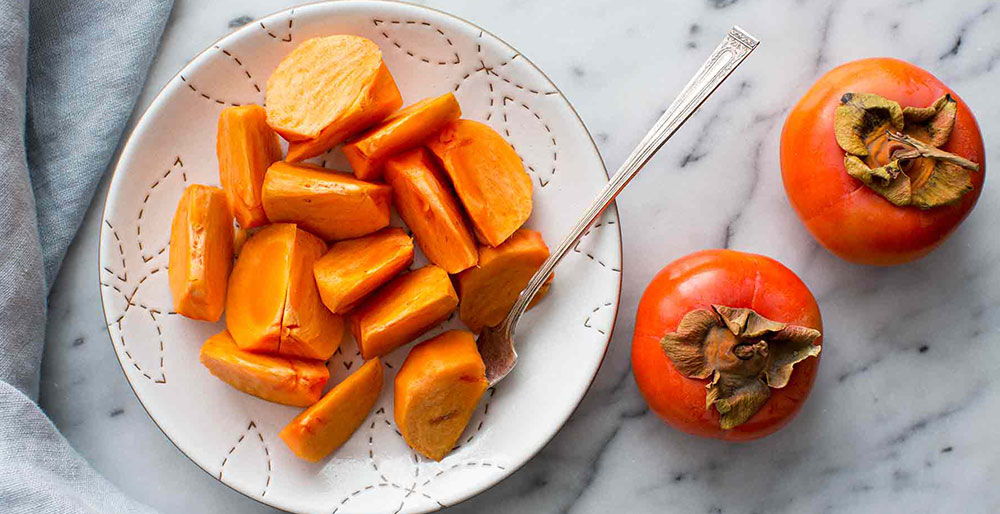
If you’ve never tried this tomato look-alike, you’re missing out on big sweet and juicy flavour. Persimmons are an Asian fruit, and there are two major types’ Hachiya and Fuyu. A ripe hachiya is acorn-shaped and extremely soft (almost falling apart), and fuyu is smaller, flat and is ripe when the texture resembles that of a peach. Both are deliciously sweet and should be stored on the counter. Most persimmon recipes use the raw fruit, but cooking it will bring out the inherent sweetness. Their vibrant orange colour means persimmons are packed with tons of Vitamin A, C and manganese.

Endive leaves come with three different varieties that all look rather different, but all three types of endive have a slightly crunchy texture and mildly bitter taste with great aroma, and they make a hearty base for any fruit and nut salad. It can be a great alternative of lettuce. Belgian endive consists of large long leaves, which are often used for dipping or holding other foods. Curly endive or frisée is typically used in salads, and escarole is often added in soups. The endive leaves are slightly different in their nutrition profile, but they all are richly filled with vitamin C, fiber, folate and Vitamin E.
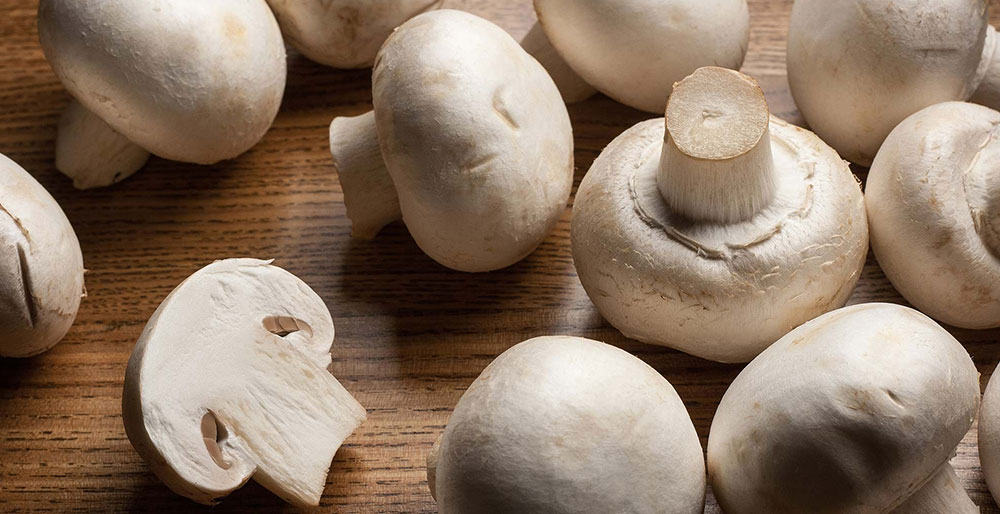
White button mushrooms are probably a staple for the home cook, and soups are usually incomplete without mushrooms. They are high in antioxidants, and they can even protect you from harmful bacteria and helps cure diabetes. Also, it’s a great ingredient that helps balance the immunity. Mushrooms also contain choline, an important nutrient that helps with sleep, muscle movement, learning, and memory. Regardless of the types of mushroom, they are all a good source of Vitamin D, a nutrient that is often hard to come by in the standard Asian and American diet.
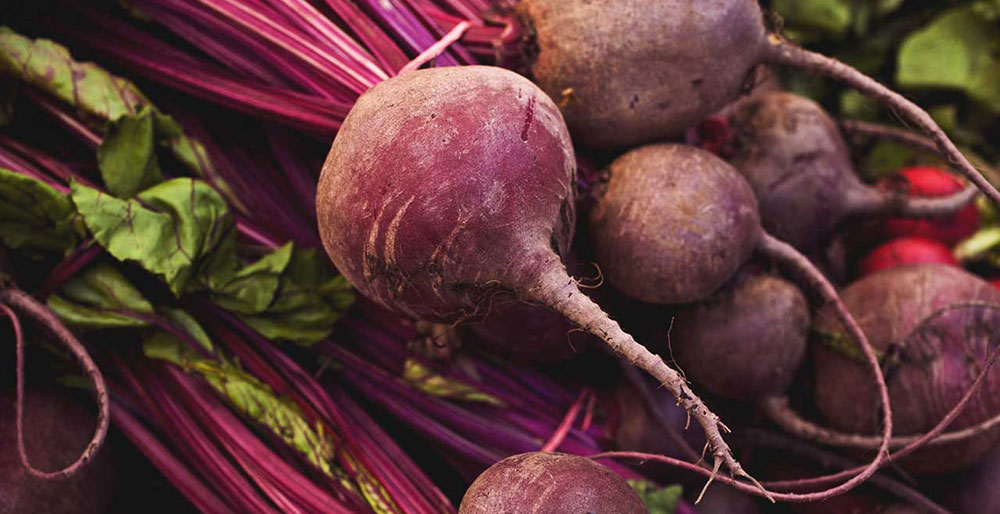
Whether you roast it whole, blend into a classic soup or drink as juice like the olympians do – beetroot is low in fat, full of vitamins and minerals and packed with powerful antioxidants – a health-food titan. Beetroot is of exceptional nutritional value, which is rich in calcium, iron and vitamins A and C. Beetroots are an excellent source of folic acid, and a very good source of fibre, manganese and potassium. The beet-green leaves should not be avoided as they have great nutritional value and can be cooked up and enjoyed in the same way as spinach.
COMMENTS